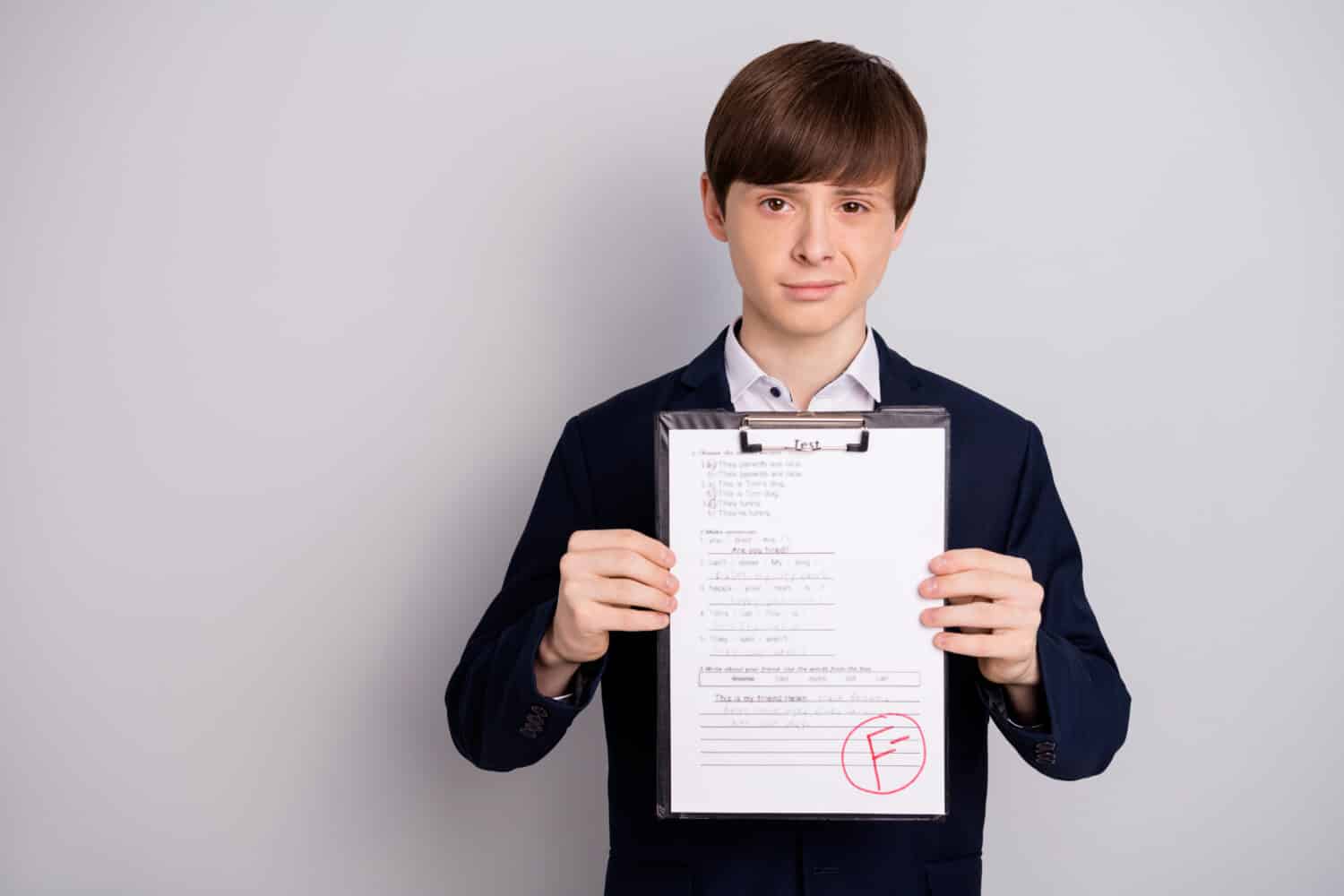The North Carolina Department of Public Instruction (NCDPI) oversees the educational system in North Carolina. Its scope of work is setting academic standards, curriculum development, and assessment administration. Schooling options are numerous, including magnet, charter, and private schools.
The Tar Heel State, which is how some people refer to North Carolina, has a rich educational background. And today, it has more than 10721 private and public schools serving kindergarten to grade 12. Indeed, the state has some of the top-rated schools in the country.
Like other US States, North Carolina is not exempt from academic challenges. These include funding, enrollment, and teacher compensation, amongst others. A 2020 comparison of North Carolina education with the rest of the States shows that it came in position 33 out of the 50 states. It scored a grade C which translates to 73.1 out of 100 points. Yet, looking at their national grading, North Carolina was right on the mark. Determining the results is based on chances for success, K-12 achievement, and school finance.
The reality is that not all the schools perform well, which pulls down the state grading. So, which are some of the worst schools in North Carolina?
The Methodology Used To Determine the Worst Schools in North Carolina
Several factors determine the ranking of a school as best or worst. These include the following.
- Test score metrics depend on student performance on standardized tests. These include the ACT, SAT, and National Assessment of Educational Progress Tests.
- Student progress over time, taking into consideration factors such as test scores or other academic indicators. Schools showing marked improvement in student performance typically receive higher ratings.
- Achievement gaps refer to academic performance disparities between different student groups. These include students of color, low-income students, or those with special needs. Schools with systems that effectively address and reduce achievement gaps receive higher ratings.
- The student-to-teacher ratio will affect education quality. Fewer students in a class can get a higher level of personalization and attention from educators.
- College readiness considers factors such as graduation rates, College acceptance rates, and advanced course offerings. Learning institutions with a demonstrable focus on higher education preparedness may receive higher ratings.
- Equity and discipline look at consistency and fairness in practices across student populations.
GreatSchools.org, the popular website that provides school ratings and other pertinent information to parents and students, uses some of the metrics above. The website launched a summary rating in 2017 that took into consideration test scores, achievement gaps, and college preparedness.
Student growth and progress are also key metrics. This is because dependence on test scores alone doesn't provide a clear or true picture of a student's ability. The Great School's summary rating falls on a scale of 1-10, with one being the lowest. Schools falling between 1 to 4 are below average, and those between 7 to 10 are above average.
We'll look at some of the proficiency levels in critical subjects. Please note that the North Carolina state average for reading is 48%, math is 49% and science is 68%
- The must-have convenient reference guide for every home cook!
- Includes more than 8,000 substitutions for ingredients, cookware, and techniques.
- Save time and money on by avoiding trips to grab that "missing" ingredient you don't really need.
With that understanding, let's look at some of the worst schools in North Carolina. We will use greatschool.org, US news, and additional information from NCDPI.
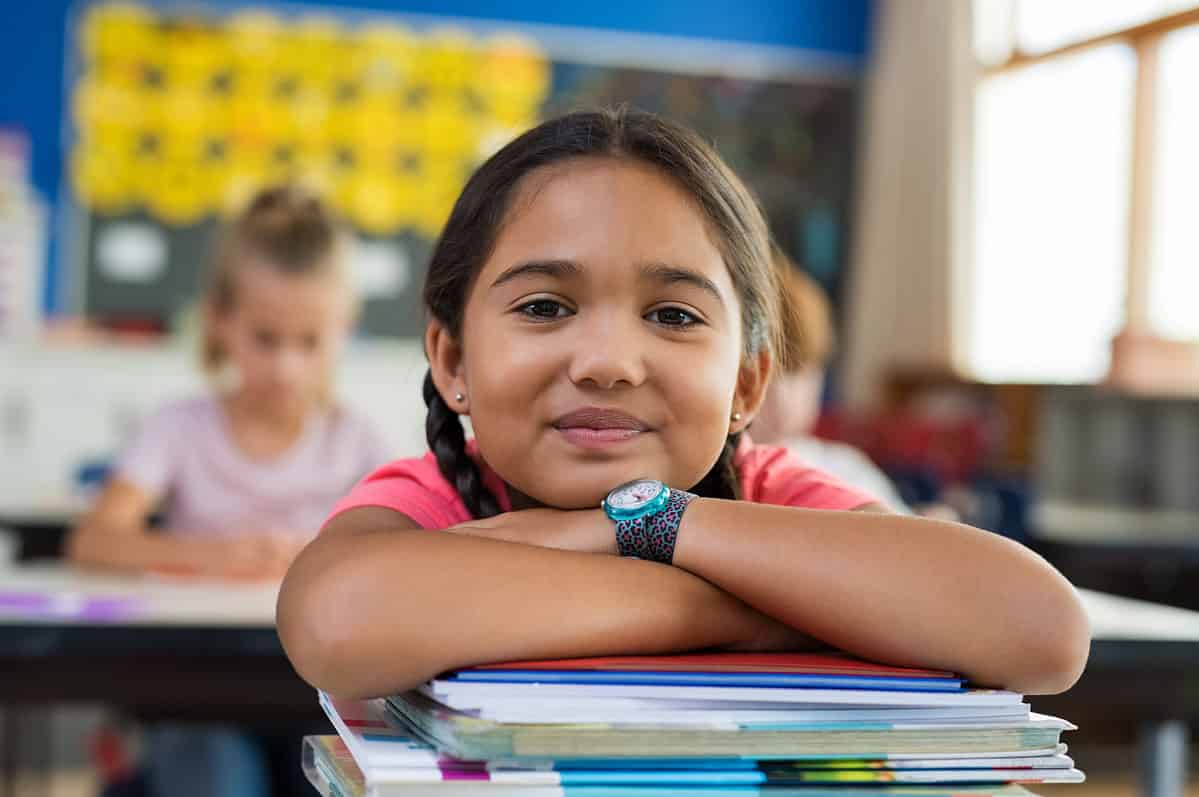
Although being one of the worst schools in the state, North Carolina is working to improve educational opportunities for all its students.
©Ground Picture/Shutterstock.com
Grove Park Elementary
41 Trail One, Burlington, 27215, North Carolina
Grove Park Elementary is in Burlington, North Carolina. The public school has a student population of 406 from PK-5. Minority enrollment is 83%, with 99% of the students coming from low-income families. GreatSchool.org rates the school 4 out of 10, with below-average ratings for test scores and equity. Student progress gets an average.
The student-teacher ratio is one teacher for every 13 students. A comparative look with the other schools within the district shows that Grove Park Elementary is doing much better on this. All 32 full-time teachers bring over three years of experience to the job, while 84% are certified.
Grove Park Elementary proficiency levels in reading are 24%, math 25%, and science 32%. Test score, student progress for underserved and low-income students was 10%, while other students scored 32%. And student progress for underserved and low-income students was 60%, while other students scored 67%.
Out of 1,435 North Carolina elementary schools, Grove Park came in at number 1,342 for reading proficiency and 1,302 for math proficiency.
Harvey R Newlin Elementary
316 Calvin Street Burlington, 2715, North Carolina
Harvey R Newlin Elementary is a public school in Burlington with a student population of 549 from PK to grade 5. Minority enrollment is at 88%, with 99% of the students from low-income families. GreatSchool.org rates the school 4 out of 10, with below-average test scores and equity. However, the school is performing better on student progress at above average.
The teacher-to-student ratio is one to 14, which is not bad compared to other schools. 94.4% of the full-time teachers bring more than three years of teaching experience to the table, while 80% are certified. There is one full-time counselor catering to all the students.
Harvey R. Newlin Elementary proficiency levels in reading are 18%, math 20%, and science 21%. Student progress for underserved and low-income students was 51%, while other students scored 36%.
Out of 1,435 schools, Harvey R Newlin Elementary ranked number 1,234 in reading and 1363 in math proficiency.
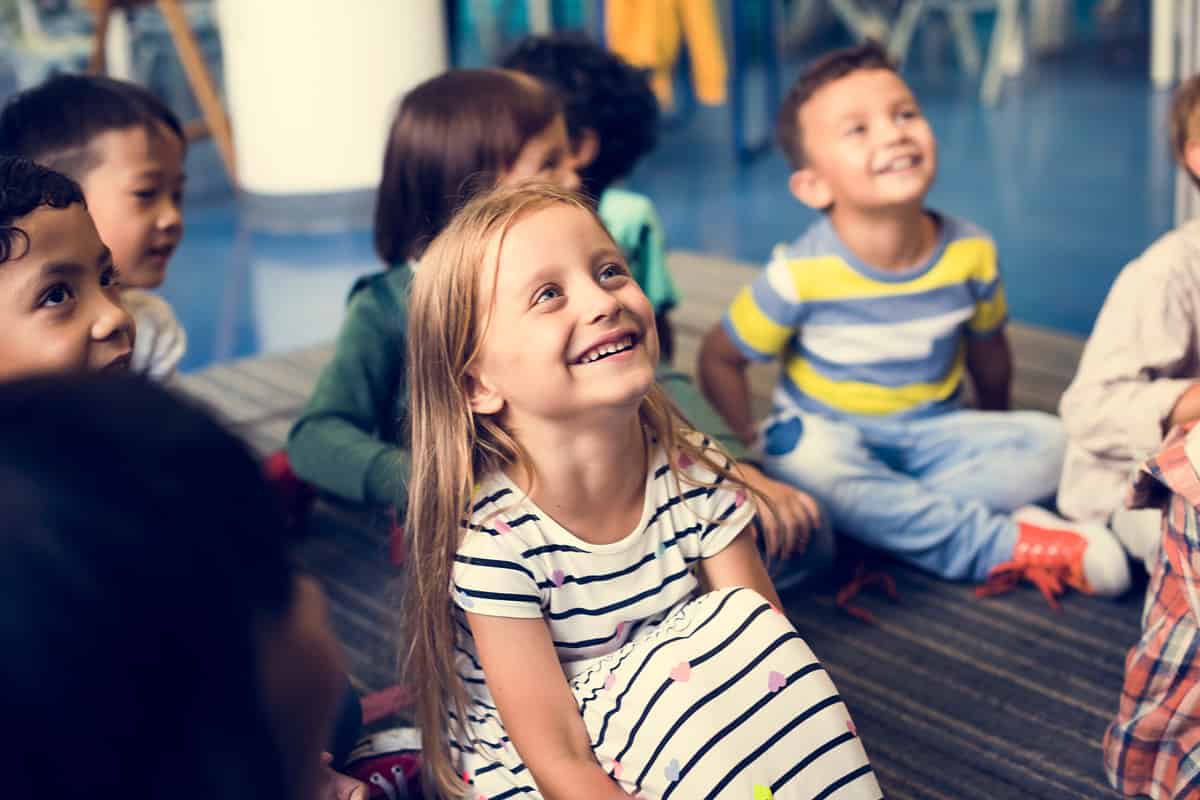
Despite Harvey R Newlin Elementary having a teacher-to-student ratio of one to 14, the school has some of the lowest reading and math proficiency scores out of 1,435 schools.
©Rawpixel.com/Shutterstock.com
Haw River Elementary
Location: 701 East Main Street, Haw River, 27258, North Carolina
Haw River Elementary is in Haw River, North Carolina. The public school has a student population of 468 from Pk-5. Minority enrollment at the school stands at 84%, with 99% coming from economically challenged families. GreatSchool.org rates the institution 3 out of 10, with below-average ratings for test scores, student progress, and equity.
There's one teacher for every 15 students, which is the norm in the district schools. Of the 32 full-time teachers, 94.6% bring more than three years of work experience, while 83% are certified.
Haw River Elementary proficiency levels are reading at 23%, math at 20%, and science – at 54%. Test score student progress for underserved and low-income students was 9%, while other students scored 22%. Student progress for underserved and low-income students was 34%, while other students scored 38%.
Out of 1,435 North Carolina Elementary schools, Haw River was number 1,253 in Reading proficiency and 1,349 in math proficiency.
Broadview Middle
2229 Broadview Drive Burlington, 27217, North Carolina
Broadview Middle School in Burlington, North Carolina, is a public school. The student population is about 844 from grades six to eight. Minority student enrollment in Broadview Middle is 92%, and 100% are from economically disadvantaged homes.
There's one teacher for every 15 students, which is typical in the schooling district. The full-time staff comprises 55 teachers assisted by two counselors. 77.3% of the teachers bring more than three years of experience to the job, while 97% are certified.
The school's proficiency levels are well below the state average. The scores are reading at 18%, math at 15%, and science – 35%. Student Test Score progress for underserved and low-income students was 9%, while other students scored 26%. Student progress for underserved and low-income students was 9%, while other students scored 26%.
Out of 693 North Carolina Schools, Broadview Middle came in at 638 for reading and 659 for Math. GreatSchool.org rates the school 1 out of 10, with below-average ratings for test scores, student progress, and equity.
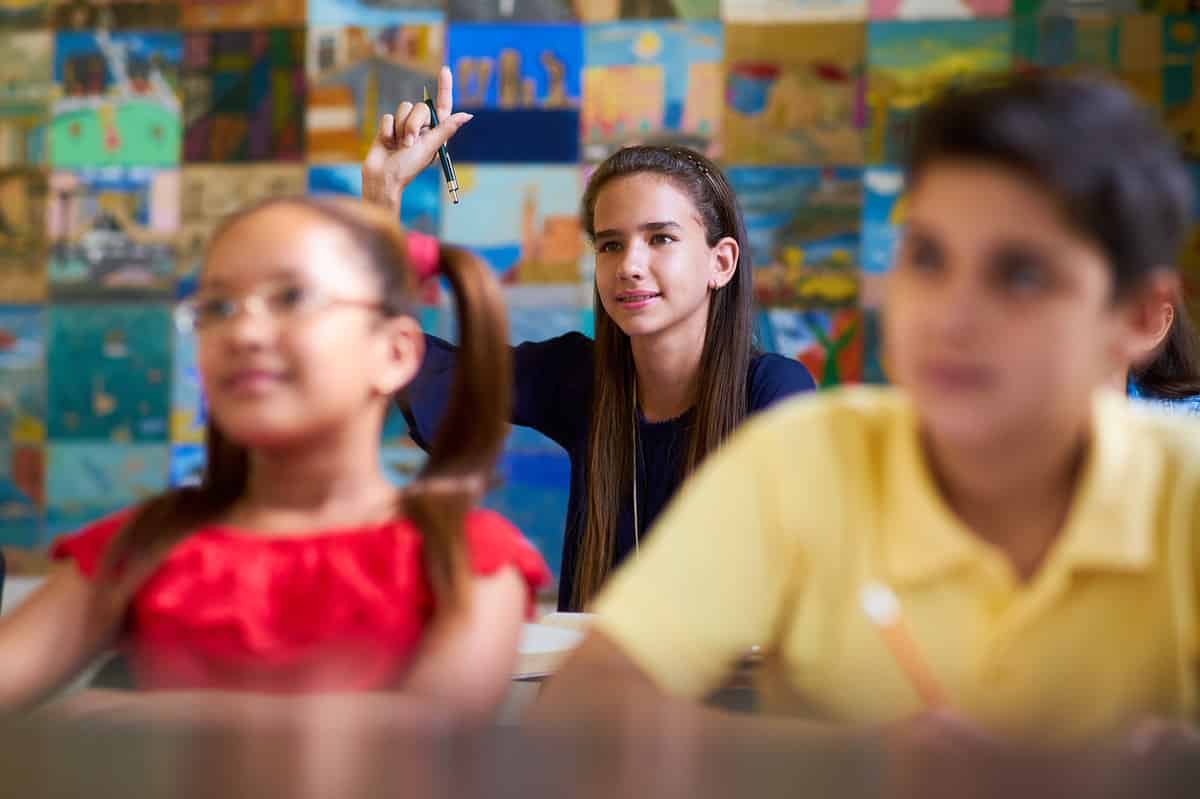
Despite having a full-time staff of 55 teachers and two counselors, Broadview Middle School in North Carolina is one of the worst schools in the state.
©Diego Cervo/Shutterstock.com
Graham Middle
311 East Pine Street, Graham, 2753, North Carolina
Graham Middle is a public school in Graham, North Carolina, with a student population of 689. It takes in grades 6 to 12 students. Minority enrollment in Graham Middle is 85%, with 100% of the children coming from economically challenged families.
The student-teacher ratio is one teacher for every 15 students, which is within the schooling District standards. 90.5% of the teachers have over three years of experience, while 93% of the full-time staff are certified.
Proficiency ratings are reading at 21%, math at 18%, and science at 40%. Student Test score progress for underserved and low-income students was 4%, while other students scored 11%. Student progress for underserved and low-income students was 7%, while other students scored 8%.
Out of 693 schools, Graham Middle came in at 650 in reading proficiency and 635 in math proficiency. GreatSchool.org rates the school 1 out of 10, with below-average ratings for test scores, student progress, and equity.
- The must-have convenient reference guide for every home cook!
- Includes more than 8,000 substitutions for ingredients, cookware, and techniques.
- Save time and money on by avoiding trips to grab that "missing" ingredient you don't really need.
James Martin Middle
6301 University Pointe Boulevard, Charlotte, 28262, North Carolina
Located in Charlotte, North Carolina, James Martin Middle is a public school with a student population of 681 from grades 6-8. Minority student enrolment is 96%, with 100% from financially disadvantaged homes.
The teacher-student ratio is 16 students for every student. Full-time teachers at James Martin Middle are 43, assisted by three school counselors. 82.4% of the teachers bring on board more than three years of work experience, while 89% are certified.
Proficiency ratings are reading at 29%, math at 12%, and science at 52%. Out of 693 Schools, James Martin Middle came in at number 654 for reading proficiency and 594 for math proficiency. GreatSchool.org rates James Martin 1 out of 10, with below-average ratings for test scores, student progress, and equity.
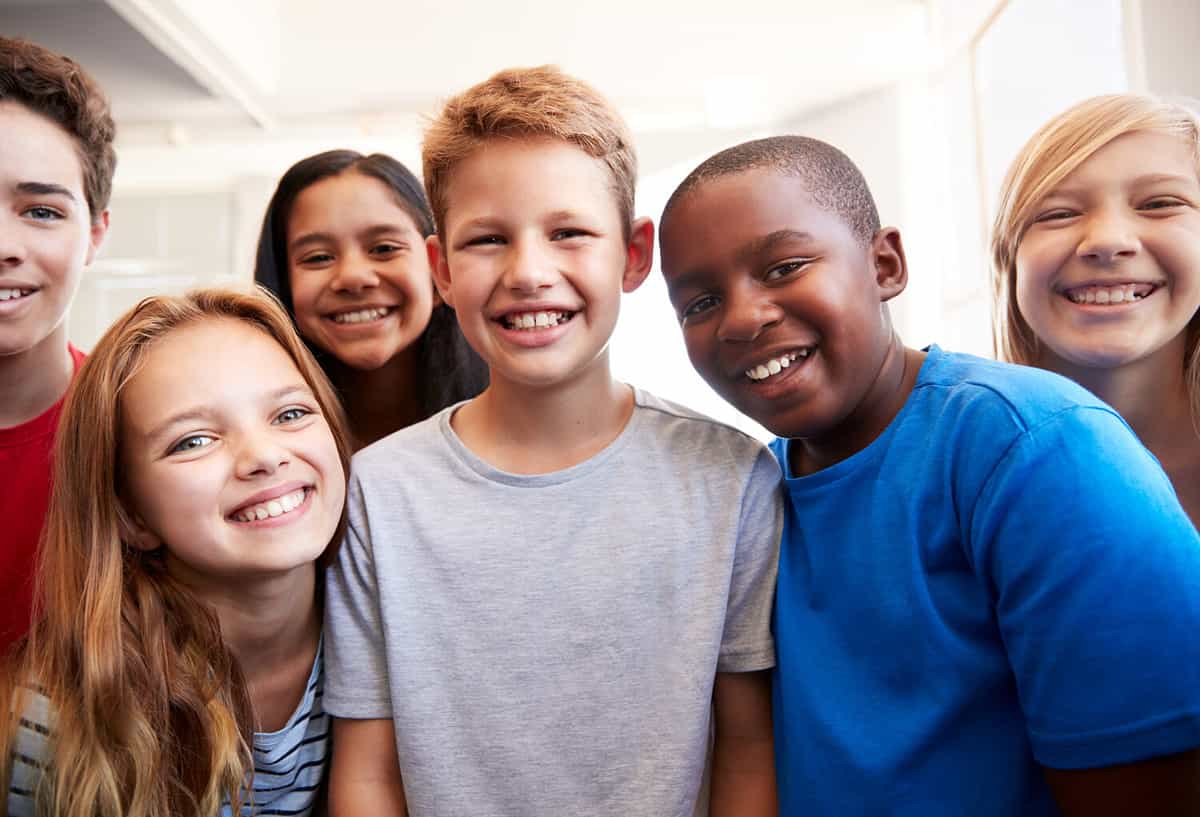
The school's reading proficiency rating is 29%, math is 12%, and science is 52%. Out of 693 Schools, it ranks 654 for reading proficiency and 594 for math proficiency.
©Monkey Business Images/Shutterstock.com
Asheboro High School
1221 South Park Saint Asheboro, 27203, North Carolina
Asheboro High School has been operating since 1905 and has a population of about 4,500 students. It's also a nationally accredited early childhood Development Centre. The high school has an advanced placement rate of 35%. Minority enrollment at the high school is 70%, with 55 percent coming from economically disadvantaged families.
The number of full-time teachers at Asheboro high school is 77, thus a 17:1 student ratio. The graduation rate is 86%, which is at par with the state median. The average SAT score is 1059, with a SAT participation rate of 14%. Graduates pursuing vocational College programs are 58% while returning graduates for a second year in public four-year colleges are 79%. Returning graduates for second-year in public two-year colleges are 45%.
In subject proficiency, math 1 and 2 test scores are 13% and 33%, respectively. Biology is 34% and English 2 57%. College readiness for underserved and low-income students is 51%, while for other students, 47%. Test scores for underserved and low-income students were 12%, while for other students, 32%. Finally, student progress for underserved and low-income students is 69%, while for other students, 47%.
In national rankings, the school was in position 7878 out of 17843. The ranking is based on graduation, state-required test performance, and college preparedness. GreatSchool.org's rates the school 3 out of 10, with below-average ratings for test scores, college readiness, and equity.
Washington High
400 Clayton Road, Washington, 27889, North Carolina
Washington High School is part of the 5 Beaufort County schools. The high school offers students advanced placement courses and exams with a participation rate of 22%.minority enrollment in the school is 58%, with 100% of the students coming from economically disadvantaged families.
Washington High has a graduation rate of 81% with an average SAT score – 1026 and SAT participation rate of 15%. Graduates pursuing vocational College programs are at 54%. Returning graduates for a second year in public four-year colleges is 88% while returning graduates for second-year in public two-year colleges is 61%.
In subject proficiency, Math 1 test scores are 29%, and Math 2 is 29%. Biology is 31%, while English 2 is 37%.
College readiness for underserved and low-income students is 18%, while for other students, 30%. Test scores for underserved and low-income students were 16%, while for other students, 43%. Student Progress for underserved and low-income students is 30%, while for other students, 34%.
The number of full-time teachers is 51, thus a 14:1 student-teacher ratio. There is also one counselor for every 402 students, which is above the state average of one counselor for every 361 students. In the National School rankings, Washington High was number 13141 out of 17843 schools. Greatschool.org rates the institution 2 out of 10, with below-average ratings for test scores, student progress, and equity.
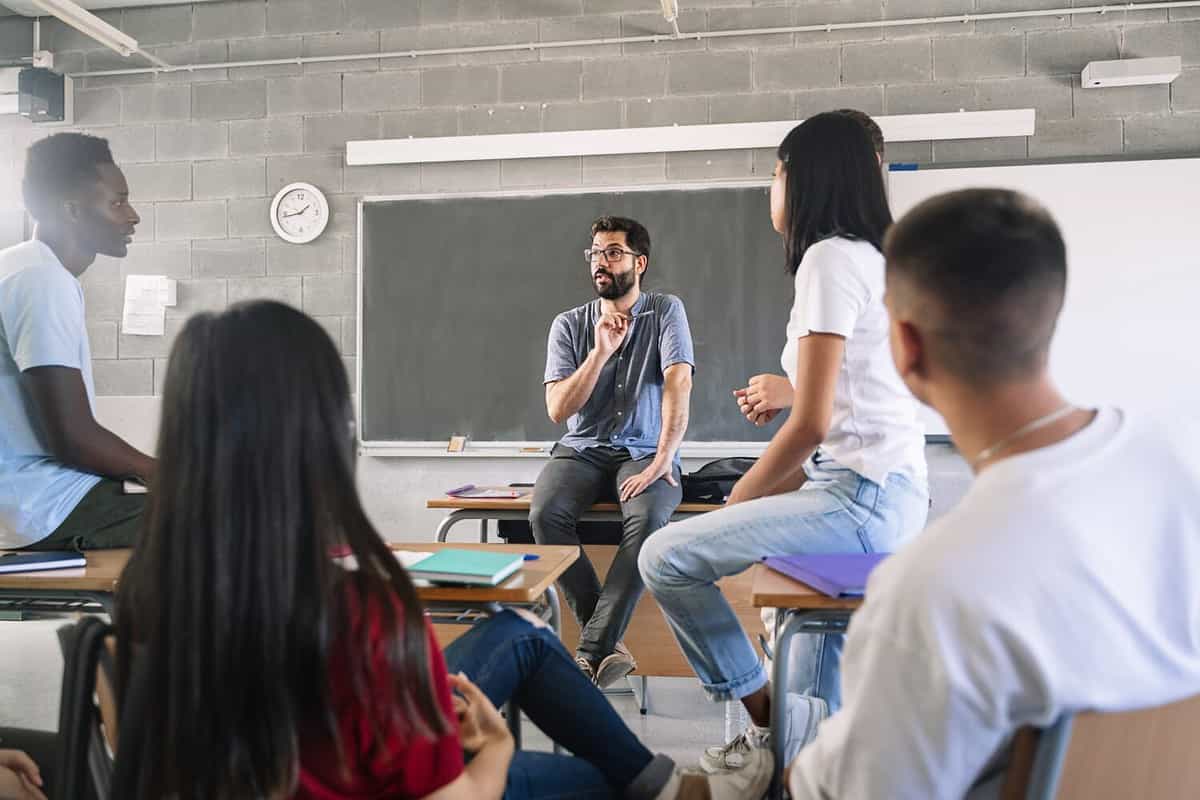
At Washington High, college readiness for underserved and low-income students stands at 18%, while other students had 30%.
©EF Stock/Shutterstock.com
Garinger High School
1100 Eastway Drive, Charlotte, 28205, North Carolina
Garinger high school is one of the 35 Charlotte-Mecklenburg schools. The advanced placement participation rate is 20%. Minority enrollment is 96%, with 100% of the students from economically challenged families.
The student-teacher ratio is one teacher for every 11 students and one counselor for every 316 students. There are 112 full-time teachers, with 87% bringing in more than three years of work experience.
Student graduation rate is 61%, with an average SAT score of 974 and a SAT participation rate of 6%. Graduates pursuing vocational College programs are 28% while returning graduates for a second year in public four-year colleges are 77%.
In subject proficiency, math 1 test scores are 11%, Math 3 test scores 28%, Biology 18%, and English 2 21%. Garinger High School was number 13,383 out of 17843 schools nationally.
NC Virtual Academy
4220 North Carolina Highway 55 Durham, 27713 North Carolina
North Carolina Virtual Academy is an online public school that offers tuition-free lessons. The school has a population of 2,891 K-12 students, with 50% being minorities.
The graduation rate is 82%, with an average ACT score of 18% and ACT College readiness of 11%. College readiness for underserved and low-income students is 50%, while for other students, 16%. Also, test scores for underserved and low-income students were 33%, while for other students, 52%. Finally, student Progress for underserved and low-income students is 9%, while for other students, 13%.
In subject proficiency, math 1 test scores are 41%, biology 51%, English 2 58%, reading 47%, and science 68%. Greatschool.org rates the institution 2 out of 10 with average test scores. College readiness, student progress, and equity are below average.
The full-time public North Carolina Virtual Academy has a teacher-to-student ratio of 22 students for every teacher. This is way above the approved state average of 15 students for every teacher. 93.5% of the teachers have more than three years of work experience, with all the full-time ones having the necessary certification. To assist with student welfare are four full-time school counselors.

NC Virtual Academy in Durham's graduation rate is 82%, but the average ACT college readiness and equity scores for underserved and low-income students are below average.
©Ground Picture/Shutterstock.com
NC Virtual Academy in the News!
Virtual schooling may have both kids and parents shuttering at the thought. Darker days were upon us and we were all forced to use online schooling as a way to continue education. While this school is online by choice, they are still making headlines in North Carolina. Take a look below at a few choice headlines.
Divided State Board of Education approves virtual charter school's expansion (May 4th, 2023)
House votes to extend the pilot for NC’s virtual charter schools (March 8th, 2023)
NC virtual charter schools continue to have poor performance yet high demand (Oct. 5th, 2022)
North Carolina Hosts Some of the Worst Schools in the US
Every parent desires to find a good school that can provide quality education to their children. Indeed, you owe that to your child because you must establish a solid foundation for them.
Unfortunately, some of the worst schools cannot do so for various reasons. Attending students constantly rank poorly in state-sanctioned standardized tests. The achievement gap and student progress also tend to be a huge problem. And even those in high school do not have the college preparedness to take them to the next level.
- The must-have convenient reference guide for every home cook!
- Includes more than 8,000 substitutions for ingredients, cookware, and techniques.
- Save time and money on by avoiding trips to grab that "missing" ingredient you don't really need.
This article has highlighted some of the worst schools in North Carolina, from elementary to high school levels. The ones we have covered have a grade of D and F as per the North Carolina Department of Public Instruction (NCDPI) rating. The full list of hundreds of schools is on the NCDPI website.
The image featured at the top of this post is ©Roman Samborskyi/Shutterstock.com
